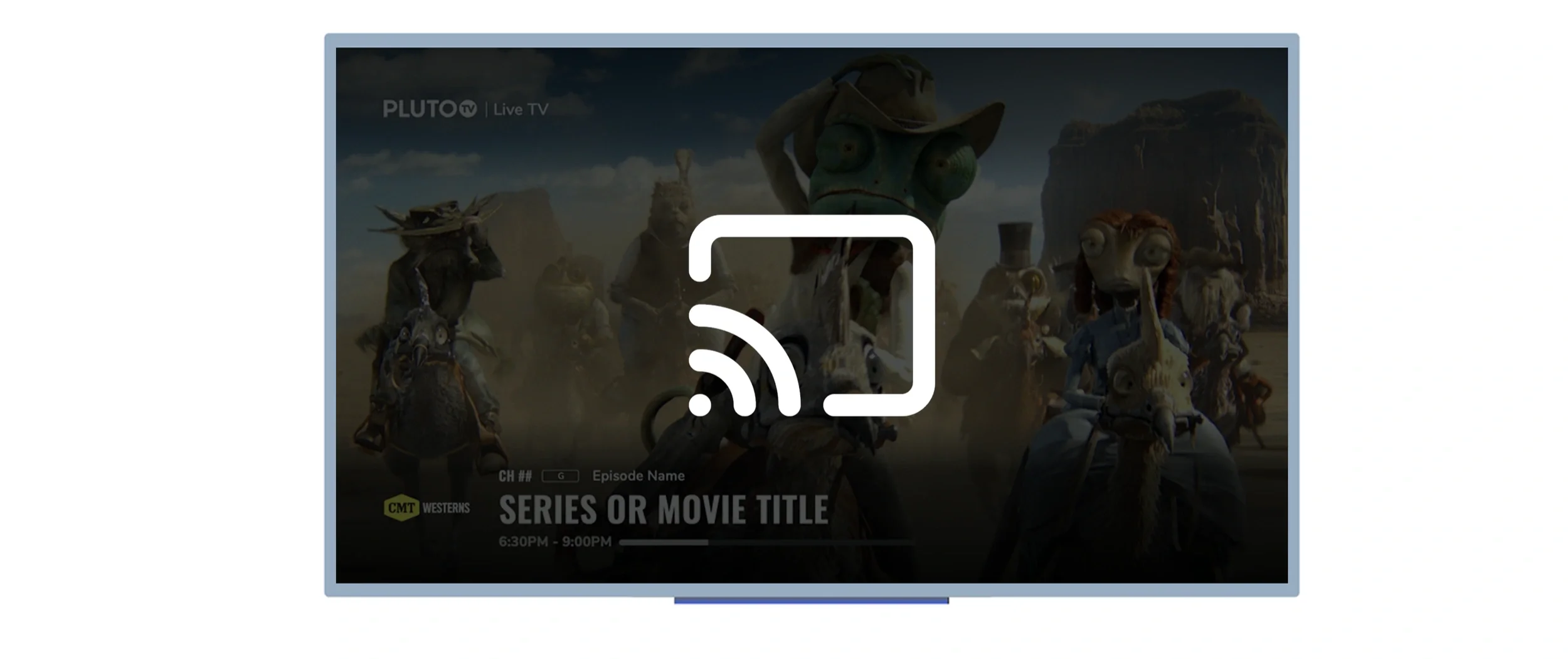pluto.tv Casting Experience
Overview
I designed the Android Casting experience for Pluto TV to unify the mobile-to-TV workflow and improve usability during live events. The new design introduced a modular template system, simplified navigation, and faster setup for event launches, resulting in higher engagement and smoother playback across devices.
Problem & Context
When I joined, I found major usability gaps in Pluto TV’s Android Casting feature, which let users stream across mobile and TV. The flow was inconsistent, required custom builds for each event, and was difficult to maintain. Low engagement and long setup times made it clear that the product needed a unified, modular system.
I redesigned the experience from the ground up, simplifying navigation, clarifying casting states, and reducing setup complexity for both users and developers. The key pain points included inconsistent casting flows across event apps, clunky navigation with unclear visual states during live sessions, and manual setup workflows that slowed launch cycles and strained engineering resources.
Design Process
For the Android experience, I followed platform guidelines to make sure casting felt smooth and native. I designed flexible layouts that worked across phones, tablets, and foldables, using familiar Android patterns like swipe-back navigation and a persistent mini-player. Core features like casting, media controls, and full-screen playback were all prototyped using Google Cast SDK best practices. I also provided clean, dev-ready assets with clear interaction notes, and worked closely with engineers through QA to make sure everything worked across different devices, screen sizes, and OS versions.
Mobile - Live TV - Casting Flow
I designed the Android Casting Flow for Pluto TV, starting with a feature discovery modal that prompts users to "Try it Now," allowing them to select content and choose a device for casting, such as "Living Room TV." The flow includes a casting overlay and a mini controller for playback management, with a user-friendly interface that supports full-screen and landscape modes, navigational arrows, and options to switch channels or terminate the cast.
Mobile - VOD - Casting Flow
The user interface flow for a video-on-demand (VOD) app begins on the home screen, where users select movies or TV shows and can quickly access recent content through a mini controller. Once casting is initiated, users choose a device like "Channel Master 3539" from a transparent overlay, then manage playback using a casting controller that provides content details, playback controls, and a landscape mode for device connection, ensuring a seamless transition from mobile to TV.
Reciever UI
I designed the "Receiver UI" for Pluto TV's app on connected TVs (CTV), which displays content cast from a mobile device and includes playback and volume controls, along with additional content information. This interface enables users to interact with and control the content directly from the receiving device.
Casting Notifications
After reviewing Android Development guidelines, I designed two types of user-friendly casting notifications for Live TV and Video on Demand (VOD) in Figma, available in expanded and collapsed formats with program artwork. These notifications allow seamless TV management and multitasking on mobile devices, ensuring full compatibility with Android standards.
Conclusion
My redesign of Pluto TV’s mobile casting experience solved major user pain points and supported global expansion. Before the update, viewers faced black screens, playback stuttering, and casting interruptions—issues that worsened after the 5.0 launch. I introduced background casting, a dockable mini-player for in-app browsing, improved landscape responsiveness, and an updated Chromecast UI. These updates led to fewer complaints, longer viewing sessions, and more reliable streaming across live channels and on-demand shows. The redesign also enabled a successful launch in Latin America, where casting quality was critical. With full language support and feature parity with competitors like Disney+, we saw stronger monthly active user growth and deeper insights into household viewing behavior, including an 18% increase in average viewing time, a 35% decrease in casting errors, a 40% reduction in casting-related support tickets, a 25% increase in monthly active users, and the resolution of a 20% engagement drop caused by the previous experience.

